You’re getting ready to unleash the best game ever upon the unsuspecting public. This game is addictive, clever, charming, challenging, and fun as hell. The design is coming together nicely, the art is jaw-dropping, and your focus testers love it – even your mom loves it, and she doesn’t even play video games. All anybody wants to know at this point is, when and where can I play this thing? So, what’s your answer – can they download it, or can they play it in their browser?
Before you answer, take a moment to consider the major differences between releasing a browser-based game and a dedicated, standalone application. Better yet, take a moment to consider how many differences don’t exist between the two as of recently. Browser games have come a long way since the Bejeweleds and Desktop Tower Defenses of the world first began to appear. Not only have programmers gotten more out of Flash, but new platforms like Unity, Silverlight, and HTML5 now allow for the kind of rich game visuals, animation, and sound that one would expect from standalone games. The Chrome Web Store, in fact, offers a browser version of Bastion – graphically and functionally identical to its Xbox and PC counterparts – that will run in one tab while you read this blog in another.
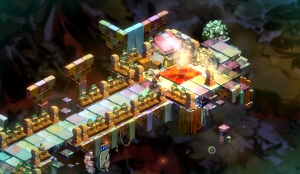
If browser games can deliver everything that non-browser games can, is there a difference at all? Why shouldn’t everybody go with the browser route, and all of the accessibility and compatibility that comes with it? The answer is because, as capable as the browser may be, it is still a platform that isn’t a perfect fit for every game. It’s an issue of presentation: not everybody wants to browse and play at the same time.
Think about the word “Browse.” Merriam-Webster defines browsing as the act of “looking over casually,” or “to skim through.” While most of us frequently use a Web Browser throughout our days with a bit more purpose or direction, the meaning still applies. How many tabs do you have open right now besides this one? Five? Ten? A few dozen? The modern browser user is accustomed to multi-tasking, frequently changing focus and giving each tab only as much attention as it absolutely needs.
Framing and presentation are an important part of an experience. You wouldn’t want to watch Schindler’s List or The Shawshank Redemption at a matinee full of laughing children, nor would you want to try to take in van Gogh’s Starry Night through a telescope. When you play a game in a browser tab, you’re engaging in casual gaming. This isn’t to say that browser games are inherently “casual games” –we’ve already established that browsers can deliver “hardcore” games like Bastion, or 3D MMOs like FusionFall, or games from any genre. It’s that you are playing the game casually, giving it half your attention, and allowing for perpetual interruptions from the rest of your desktop.
This is appropriate for any number of games: any title meant to be consumed in brief, bite-sized chunks of time, or any turn-based affair makes a perfect fit in a browser tab. Being able to flick over to a simple Facebook game like Solitaire Blitz or Triple Town, play for 90 seconds, and jump right back to another task is wonderfully convenient. There are even games which stray towards the “hardcore” side of the fence, with tricky gameplay and emphasis on immersion and difficulty, yet are broken up into discrete instances or turns. For the typical multi-tasker, these experiences are great diversions to keep open alongside their email and news feeds.
Other games, however, demand the full measure of their players’ attention. How is a game like Deus Ex expected to establish the suspense of stealth or the intensity of a firefight if the player keeps glancing up at his Twitter feed? Who would want someone on their Modern Warfare team who kept idling during the match in order to read a new round of Huffington Post articles? There is a reason these games typically run in a full-screen format. More than just idle diversions, these are experiences that are trying to establish stories, characters, and moods, and you’re doing them – and yourself – a disservice if you’re not paying attention.
Some may argue that many browser games, from the average Facebook farming facsimile to the aforementioned Bastion, also give players the option to run in full-screen. If that’s the case, however, then the entire question of presentation is rendered moot. If a game operates as a discreet, non-streaming download, and occupies your full attention when in use, then the only real differences are technical – is your delivery mechanism a browser, or some other digital distribution platform like Steam or Impulse? Which one will provide you with the biggest audience? Is your company able to build a game that fits into HTML5 or Unity, or will you have an easier time developing your own code structure?
As technology improves and these differences continue to evaporate, the question of presentation will remain as the deciding factor for your game. To those who still doubt the value of environment and framing, consider the famous experiment run by the Washington Post, involving world-renowned violinist Joshua Bell playing anonymously in a Metro Station, to the utter indifference of a thousand people. Now, imagine that you’re Joshua Bell, and the game you’ve crafted carries the majesty and spirit of Bach’s “Chaconne.” Do you present it in a proper symphony hall setting, or does your audience pass right by because it’s just one more bit of fluff in their busy day?



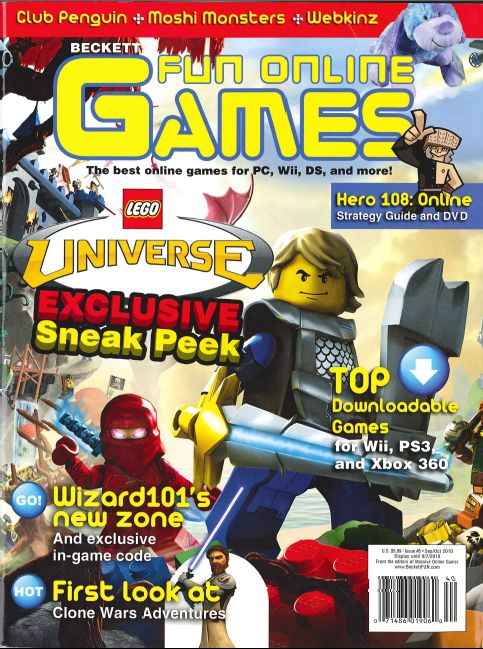

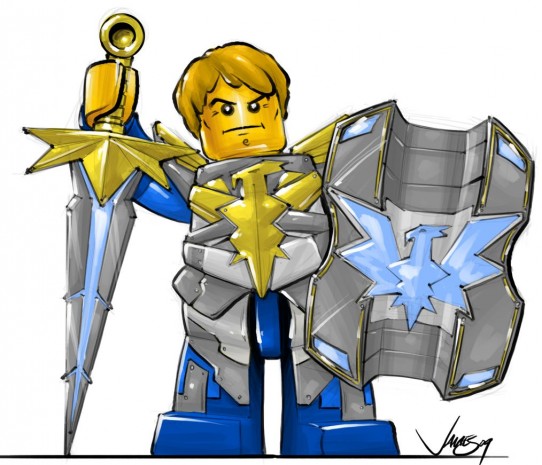
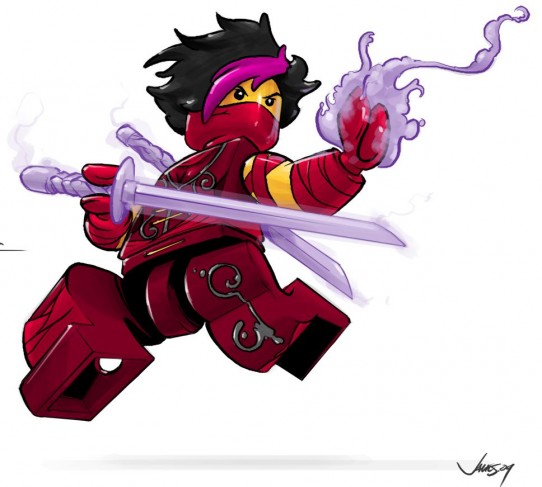
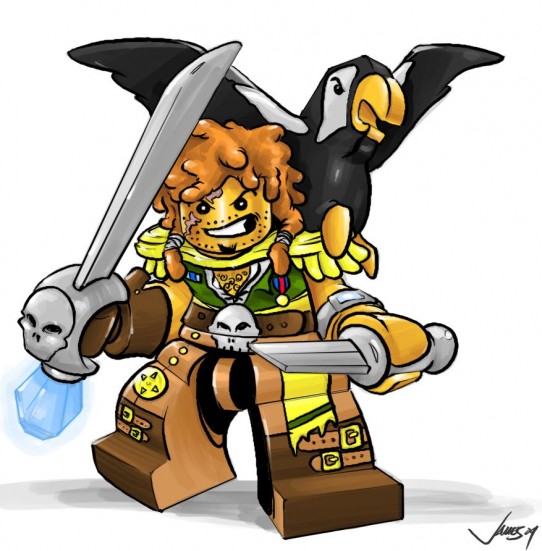
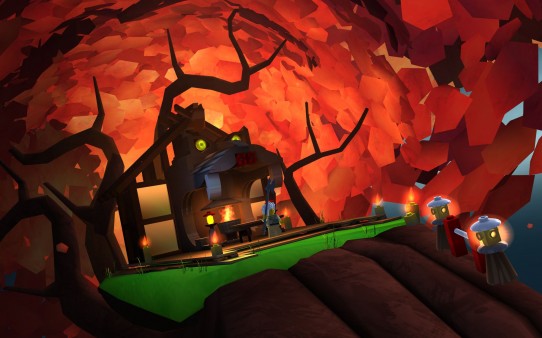

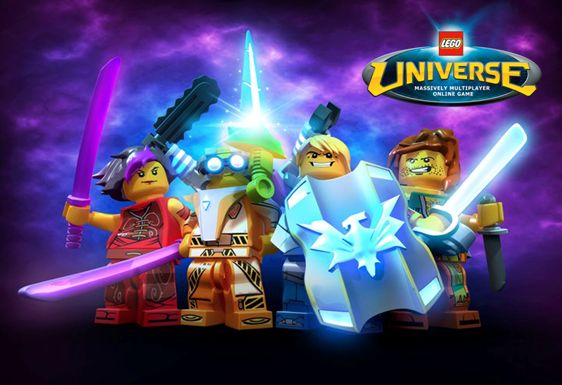
 The LEGO Group and developer NetDevil made a resounding splash at E3 2010 last week with
The LEGO Group and developer NetDevil made a resounding splash at E3 2010 last week with 